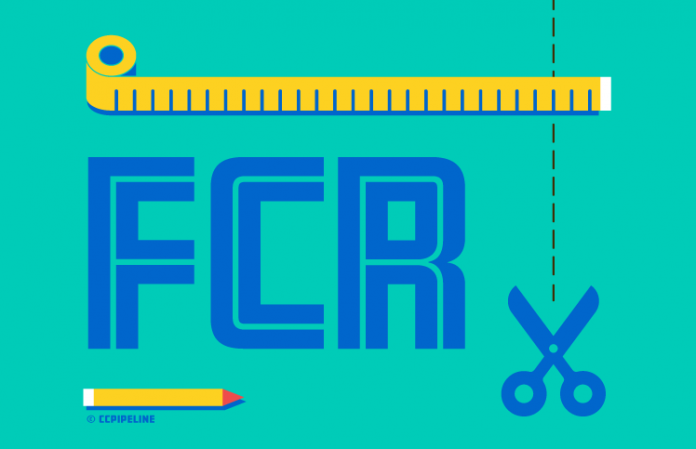
In an ideal world, first-contact resolution (FCR) metrics reflect the customer’s perspective. They capture the center’s ability to resolve the customer’s inquiry within each channel as well as track movement across channels. They establish links across multiple contacts if it takes more than one interaction to put matters to rest. And the underlying calculations are immune to any mathematical manipulation that might render the center’s performance artificially high.
In the real world, FCR measurements are tough nuts to crack. It takes ingenuity to glean meaningful insights from metrics that are scattered across multiple systems. It takes integrity to ensure that the calculations accurately capture the reality of the customer experience, especially if they might reflect poorly on the center. And it takes a discipline to track these figures over time and make adjustments as better tools and techniques become available. And it was hard enough to do it all right with just phone calls; now centers must consider emails, chats, text/SMS, and more!
Many centers simply throw in the towel in the face of all these hurdles. Others proceed with approaches that are either forced or flawed. Yet a quick review of potential methodologies reveals opportunities to gain useful insights, while also highlighting some cautions based on the imperfections of each.
One simple technique has customer service reps end calls with the question, “Have I addressed all of your needs today?” Reps capture responses in a desktop application, Excel spreadsheet, or portal. This approach offers the opportunity to correct omissions or handle other concerns before bidding farewell. However, it relies upon honest reporting by the customer and the rep. The customer may not know whether or not things have been resolved at that moment, or may simply want to move on. The rep may not have visibility into the customer’s prior interactions, and certainly can’t know what may happen after the interaction. And, of course, if incentives (or penalties) are in play, the rep could lean toward generous interpretations of contact disposition.
Agent bias can be overcome by including FCR in quality monitoring reviews. When listening to call recordings or doing side-by-side monitoring, QM analysts or supervisors look for the right confirmation from agents and customers at the close of the contacts. They apply pre-specified scoring to that element of the call to facilitate individual, team, group and center reporting. As before, this approach may not capture customer activity prior to the current contact, and clearly lacks visibility into follow-up contacts. It also relies on a large enough sample size to make reasonable inferences about overall performance. Speech analytics may be able to automate this process and generate a sufficiently large sample size.
For those who prefer hard numbers, system-generated statistics hold great appeal. If call transfers are the only way that the center misses the mark, then FCR appears to be an easy calculation (100% minus the number of transferred calls divided by the total calls). However, if there are repeat calls or callbacks, then those contacts must be included along with the transfers. The data may be available via phone records, workflow tools, and/or CRM contact records. Phone records can be problematic when customers use multiple lines to contact the center (or call on a different issue!). Tracking in workflow and CRM tools can be dependent on agent adherence to processes like capturing every contact or opening and closing cases. And, of course, the center must determine the time interval to reasonably assume that customer interactions could persist on a given issue: hours, days, weeks, or longer.
Consistent with a preference for the customer perspective, surveys may be useful for tracking FCR. An IVR application, follow-up email with a link to an online survey, or performance management application could ask customers if their issues were resolved or if it took more than one agent interaction for completion. Surveys can be issued immediately for transactions with clear outcomes – e.g., order placed, status provided, transaction completed. Some delay can be inserted if the mix includes more complex interactions or a clear trigger for follow up. These delayed options are generally via email or a call, and are often conducted by a third party. Of course, delays pose the risk that customers will either forget the details of their interactions or be disinclined to participate. Any survey may fall prey to a self-selection bias, perhaps attracting the cranky customers and losing the satisfied ones who are too busy to offer feedback.
Bottom Line: There are a variety of contact center tools that can play a role in measuring FCR. You need to determine the best fit for your center based on your customers, contact types, available technologies, budget, and resources (IT, contact center support, management). Given the pros and cons of each option, the solution might be a multi-pronged approach that spans internal and external views while providing checks and balances on the captured data.



